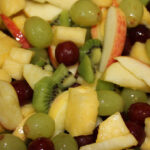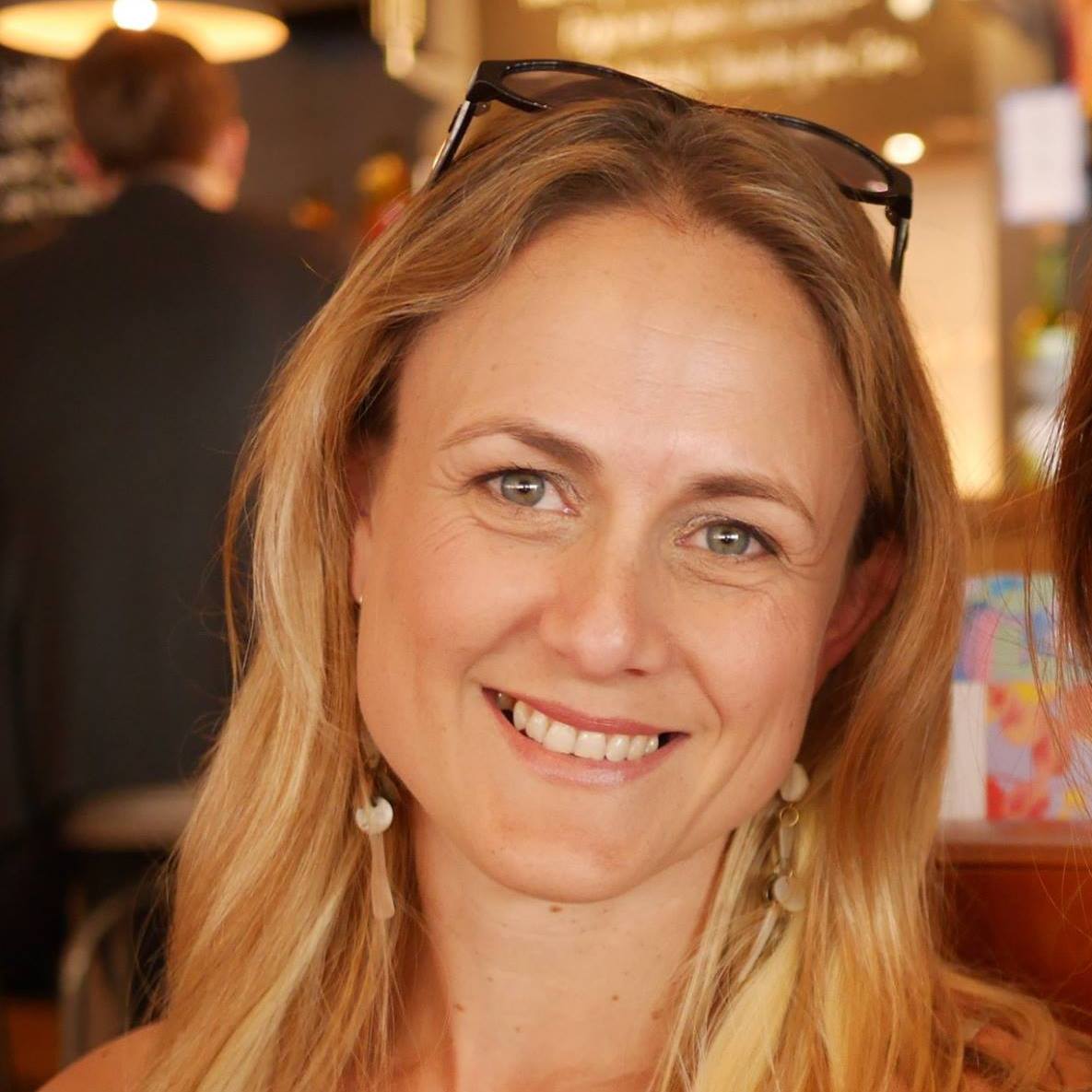
Healthy Eating for Toddlers

Fruit Cocktail Christmas Cake


I make no apologies, this Christmas cake has been in print for over 21 years. I have been making this cake since 1994. Over the years I have adapted it to our taste. I choose a weekend when I know the family are at home and make sure that they all take turns in mixing and making a Christmas wish. It heralds the start of the Christmas festivities and the spices fill the house with wonderful aromas.
Didi’s Christmas Cake
What you need:
* 450g currants
* 175g sultanas
* 175g raisins
* 50g glacé cherries, rinsed, dried and finely chopped
* 50g mixed candied peel, finely chopped
* 3 tablespoons brandy
* 225g plain flour
* ½ teaspoon salt
* ¼ teaspoon freshly grated nutmeg
* ½ teaspoon ground mixed spice
* 225g unsalted butter
* 225g soft brown sugar
* 4 eggs, size 1
* 50g almonds, chopped.
* 1 dessertspoon black treacle
* The grated zest of 1 lemon
* The grated zest of 1 orange
What to do:
You will need a 20cm round cake tin [or an 18cm square tin], greased and lined with greaseproof paper. Tie a band of brown paper round the outside of the tin for extra protection
1. You need to begin this cake the night before you want to bake it. All you do is weigh out the dried fruit and mixed peel, place it in a mixing bowl and mix in the brandy as evenly and thoroughly as possible. Cover the bowl with a clean tea-towel and leave the fruit aside to absorb the brandy for 12 hours.
2. Next day pre-heat the oven to gas mark 1, 275°F (140°C).
3. Measure out all the rest of the ingredients, ticking them off to make sure they are all there. The treacle will be easier to measure if you remove the lid and place the tin in a small pan of barely simmering water.
4. Begin the cake by sifting the flour, salt and spices into a medium mixing bowl, lifting the sieve up high to give the flour a good airing.
5. Now beat the eggs in a separate bowl. (I do this in a jug so that it will be easy to pour). Also by beating the eggs first you don’t have to clean the whisk before creaming the butter and sugar.
6. Next, in a separate large mixing bowl, whisk the butter and sugar together until it’s light, pale and fluffy.![]()
![]()
7. Now add the beaten egg to the creamed mixture a tablespoon at a time; keep the whisk running until all the egg is incorporated. If you add the eggs slowly by degrees like this the mixture won’t curdle. If it does don’t worry, any cake full of such beautiful things can’t fail to taste good!
8. When all the egg has been added fold in the flour and spices, using gentle, folding movements, not beating at all (this is to keep all that precious air in).
9. Now fold in in the fruit, peel, chopped nuts and treacle and finally the grated lemon and orange zests.![]()
![]()
10. Next, using a large kitchen spoon, transfer the cake mixture into the prepared tin, spread it out evenly with the back of a spoon.
11. Finally cover the top of the cake with a double square (or round) of greaseproof paper with a 50p-size hole in the centre (this gives extra protection during the long slow cooking).
12. Bake the cake on the lowest shelf of the oven for 4½-4¾ hours. Sometimes it can take up to ½-¾ hour longer than this, but in any case don’t look till at least 4 hours have passed.
Cool the cake for 30 minutes in the tin, and then remove it to a wire rack to finish cooling. When it’s cold ‘feed’ it (I use a knitting needle and pierce holes in the top then spoon over a few tablespoons of brandy) wrap it in double greaseproof paper with an elastic band and either wrap again in foil or store in an airtight tin. You can feed it once a week until you need to ice it.

I am a preschool and primary school teacher and mum to 3 children. I have been involved in education since 1997 and have trained in a variety of educational specialist areas. It is with this expertise that I write articles to help parents and educators provide quality learning experiences for the children in their care.





